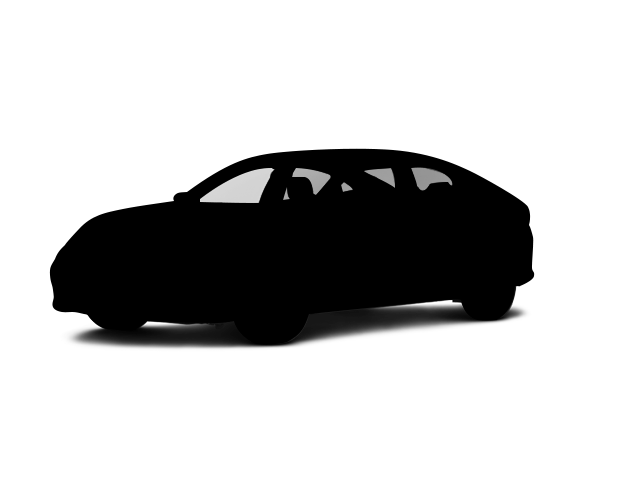For enhanced safety, the front and rear seat shoulder belts of the Acura ZDX have pretensioners to tighten the seatbelts and eliminate dangerous slack in the event of a collision and force limiters to limit the pressure the belts will exert on the passengers. The Kia EV6 doesn’t offer pretensioners for its rear seat belts.
The Acura ZDX has standard driver and front passenger side knee airbags mounted low on the dashboard. These airbags help prevent the driver and front passenger from sliding under their seatbelts or the main frontal airbags; this keeps them better positioned during a collision for maximum protection. Knee airbags also help keep the legs from striking the dashboard, preventing knee and leg injuries in the case of a serious frontal collision. The EV6 doesn’t offer a front passenger side knee airbag.
The ZDX’s standard pretensioning seatbelts also sense rear collisions and remove slack from the seatbelts to help protect the occupants from whiplash and other injuries. The EV6 doesn’t offer a whiplash protection system.
In a Vehicle-to-Vehicle Frontal Crash Prevention 2.0 test conducted by the Insurance Institute for Highway Safety (IIHS), the Acura ZDX achieved a “Good” rating - the highest possible - for its performance in forward collision warning and automatic braking systems, demonstrating its excellent capabilities in preventing collisions. The Kia EV6 has not been tested.
Both the ZDX and the EV6 have standard driver and passenger frontal airbags, front side-impact airbags, driver knee airbags, side-impact head airbags, height adjustable front shoulder belts, four-wheel antilock brakes, traction control, electronic stability systems to prevent skidding, crash mitigating brakes, daytime running lights, lane departure warning systems, blind spot warning systems, rearview cameras, rear cross-path warning and available around view monitors.
The Acura ZDX weighs 538 to 1920 pounds more than the Kia EV6. The NHTSA advises that heavier vehicles are much safer in collisions than their significantly lighter counterparts.
The National Highway Traffic Safety Administration does 35 MPH front crash tests on new vehicles. In this test, results indicate that the Acura ZDX is safer than the Kia EV6:
|
|
ZDX |
EV6 |
|
|
Driver |
|
| STARS |
5 Stars |
5 Stars |
| Neck Stress |
164 lbs. |
191 lbs. |
| Neck Compression |
18 lbs. |
20 lbs. |
| Leg Forces (l/r) |
140/142 lbs. |
202/276 lbs. |
|
|
Passenger |
|
| STARS |
5 Stars |
4 Stars |
| Chest Compression |
.6 inches |
.7 inches |
| Neck Injury Risk |
27% |
32.5% |
| Neck Compression |
36 lbs. |
89 lbs. |
| Leg Forces (l/r) |
272/261 lbs. |
524/92 lbs. |
New test not comparable to pre-2011 test results. More stars = Better. Lower test results = Better.
The National Highway Traffic Safety Administration does side impact tests on new vehicles. In this test, which crashes the vehicle into a flat barrier at 38.5 MPH and into a post at 20 MPH, results indicate that the Acura ZDX is safer than the Kia EV6:
|
|
ZDX |
EV6 |
|
|
Front Seat |
|
| STARS |
5 Stars |
5 Stars |
| HIC |
55 |
77 |
| Chest Movement |
.9 inches |
1 inches |
| Abdominal Force |
164 lbs. |
294 lbs. |
| Hip Force |
163 lbs. |
294 lbs. |
|
|
Rear Seat |
|
| STARS |
5 Stars |
5 Stars |
| Spine Acceleration |
35 G’s |
53 G’s |
| Hip Force |
295 lbs. |
367 lbs. |
|
|
Into Pole |
|
| STARS |
5 Stars |
5 Stars |
| Max Damage Depth |
7 inches |
10 inches |
| Spine Acceleration |
41 G’s |
58 G’s |
| Hip Force |
649 lbs. |
731 lbs. |
New test not comparable to pre-2011 test results. More stars = Better. Lower test results = Better.

